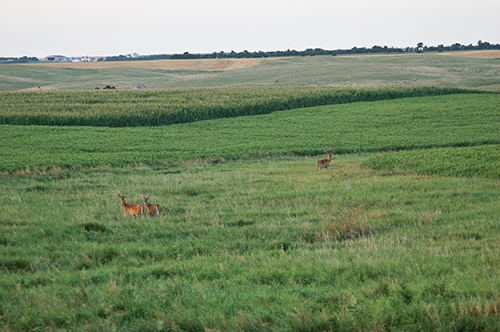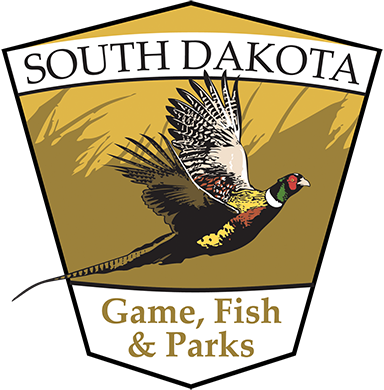other habitat practices
Below are other habitat practices that farmers and ranchers can utilize in their operations to benefit wildlife.
For questions on any of the below programs, habitat advisors are here to help. They possess the knowledge of federal, state and local programs to assist landowners in finding the right program(s) to meet their personal habitat and land use goals.

Flushing Bar
Many grassland nesting wildlife like songbirds, pheasants and ducks love to nest in fields of alfalfa and grass that are used for hay. A flushing bar is a great tool that can be added to haying equipment to help reduce wildlife mortality during the haying process. Learn more.
Wildlife Friendly Fence
Wildlife can be harmed trying to cross fence lines. There are a few simple things farmers and ranchers can do with fence lines to make them more passable to wildlife. Learn more.
Goose Buffer Strips
Canada geese can cause damage to croplands adjacent to wetlands and lakes they raise their young on. One option to help reduce damage to crops is to use a grass buffer strip around the wetland edge.
Rotational Grazing
Moving livestock through a sequence of pastures on a rotational basis provides a mix of different grassland habitat heights.
This is important for wildlife; especially grassland nesting birds. Some prefer short grassland habitat while other prefer taller thicker grassland habitat, and still other prefer something in-between. Wildlife may utilize the different types of habitat created by rotational grazing at different times of the year. Rotational grazing can help increase or decrease certain types of grasses and improve forage quality for livestock.
Cover Crops
Cover crops have important benefits to soil health and productivity, but they also can provide valuable wildlife habitat. Deer, pheasants and other wildlife utilize cover crops as source of food and cover. A diverse cover crop mix provides the most benefits to both ag production and wildlife.
Conservation Crop Rotations
Wildlife can benefit from diversity on the landscape both spatially and through time. Utilizing multiple crop rotations can provide benefits to crop production and to wildlife.
Saline Soil Management
Saline soils can be difficult to grow crops on, but there are management practices to help improve saline soils and enhance the wildlife habitat on them. Learn more.

